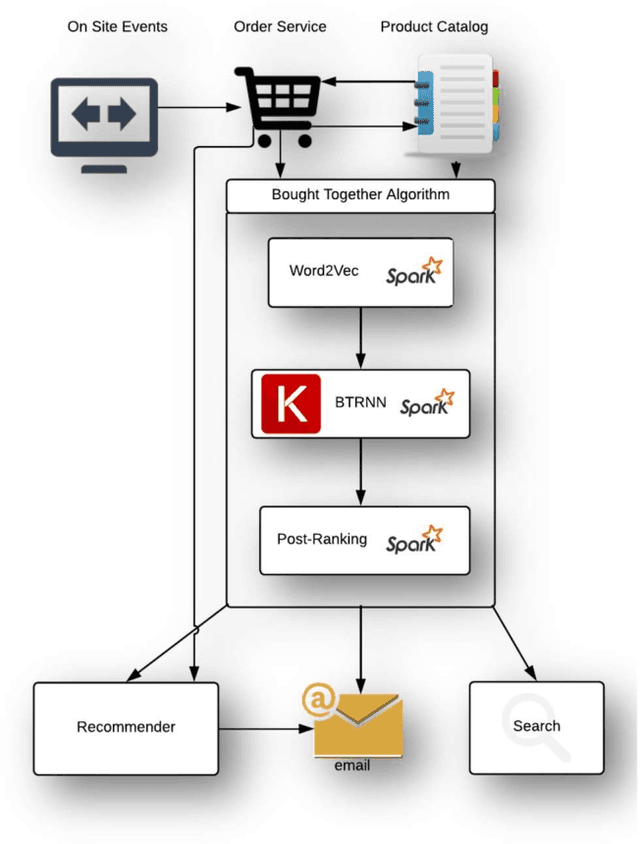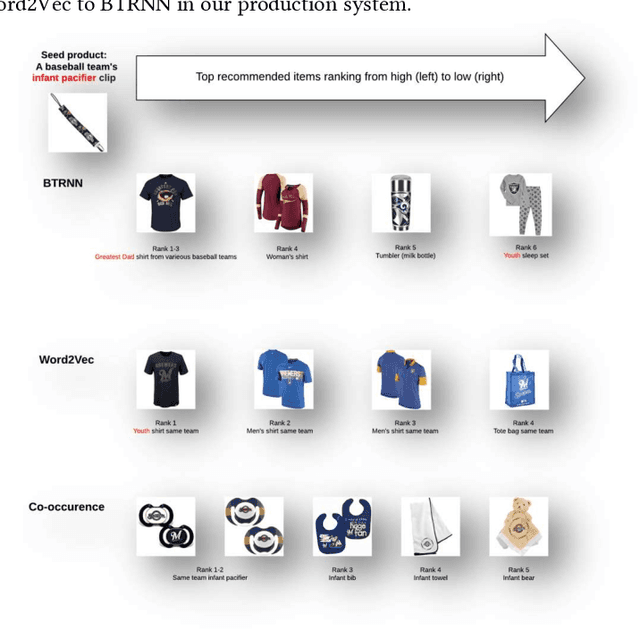Santanu Dey
A Boosted Machine Learning Framework for the Improvement of Phase and Crystal Structure Prediction of High Entropy Alloys Using Thermodynamic and Configurational Parameters
Sep 02, 2023Abstract:The reason behind the remarkable properties of High-Entropy Alloys (HEAs) is rooted in the diverse phases and the crystal structures they contain. In the realm of material informatics, employing machine learning (ML) techniques to classify phases and crystal structures of HEAs has gained considerable significance. In this study, we assembled a new collection of 1345 HEAs with varying compositions to predict phases. Within this collection, there were 705 sets of data that were utilized to predict the crystal structures with the help of thermodynamics and electronic configuration. Our study introduces a methodical framework i.e., the Pearson correlation coefficient that helps in selecting the strongly co-related features to increase the prediction accuracy. This study employed five distinct boosting algorithms to predict phases and crystal structures, offering an enhanced guideline for improving the accuracy of these predictions. Among all these algorithms, XGBoost gives the highest accuracy of prediction (94.05%) for phases and LightGBM gives the highest accuracy of prediction of crystal structure of the phases (90.07%). The quantification of the influence exerted by parameters on the model's accuracy was conducted and a new approach was made to elucidate the contribution of individual parameters in the process of phase prediction and crystal structure prediction.
Order Matters at Fanatics Recommending Sequentially Ordered Products by LSTM Embedded with Word2Vec
Nov 22, 2019

Abstract:A unique challenge for e-commerce recommendation is that customers are often interested in products that are more advanced than their already purchased products, but not reversed. The few existing recommender systems modeling unidirectional sequence output a limited number of categories or continuous variables. To model the ordered sequence, we design the first recommendation system that both embed purchased items with Word2Vec, and model the sequence with stateless LSTM RNN. The click-through rate of this recommender system in production outperforms its solely Word2Vec based predecessor. Developed in 2017, it was perhaps the first published real-world application that makes distributed predictions of a single machine trained Keras model on Spark slave nodes at a scale of more than 0.4 million columns per row.
 Add to Chrome
Add to Chrome Add to Firefox
Add to Firefox Add to Edge
Add to Edge